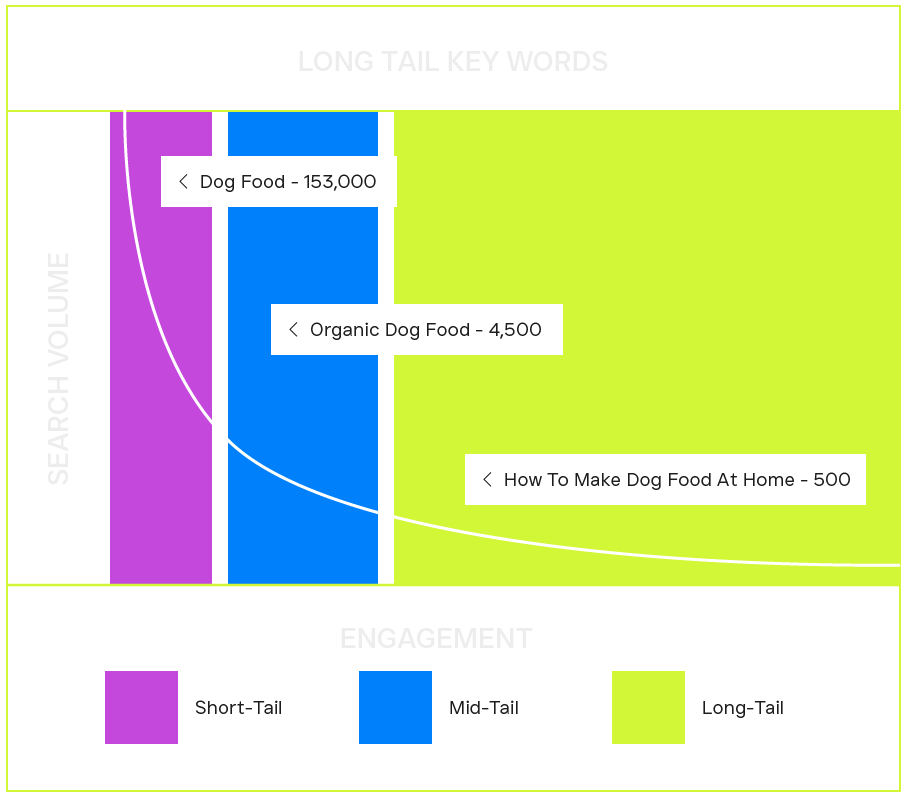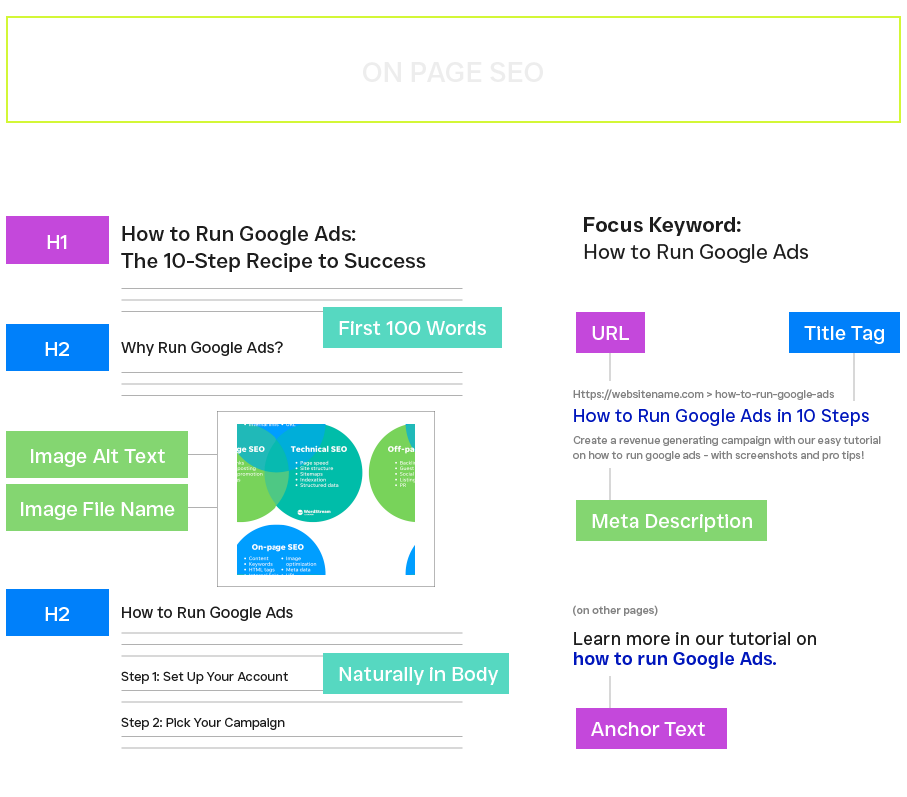Share:

A key part of achieving successful blogs is to create content around topics that will always be of interest to your audience and are among the most searched keyword themes related to your brand, product, or service.
The problem with generating good evergreen ideas is that the best topics have already been covered, maybe even in excess. In this case, you need to add a unique viewpoint to a popular topic, or go into more depth and provide additional details.
Through a process of using Google’s autocomplete and related searches and tools such as Ubersuggest, Twinwords Ideas, Answer the Public, Semrush, and Google’s Keyword Planner, publishers must identify keywords that are searched most often and are most appealing to their target market. Once these have been identified, evergreen topics should be organized around the phrases that offer the greatest potential volume and value to their readers.
While identifying top keyword phrases, look for long-tail keywords that have volume but not super-high competition. If you have a specific niche market, you may find that there is less content on the web about your topic, making your evergreen blogs even more valuable.
Headlines are one of the most important parts of your content. In fact, studies have shown effective blog headlines to drive 500% more traffic.
Use design tools to illustrate concepts, visualize data, and recreate charts in your branding. When other sites use your images, they’ll link back to your site. Plus, Google has started showing more images in regular search results, giving you more opportunities to rank and increase the appeal (and therefore click-through rate) of your result. Text-based content is all well and good, but video can attract more visitors and keep them engaged. Here are some ways to use video to get more website traffic:


Optimize these important pieces of information to improve their appeal on the SERP (search engine results page) and encourage more organic clicks.
Meta tags are snippets of text that describe a page’s content. The meta tags don’t appear on the page itself, but rather in the page’s source code. Meta tags are essentially short content descriptors that help tell search engines what a web page is about.

When creating and publishing content, be sure to add at least 1-3 anchor text links to other pages on your site. Anchor text tells readers what they will be linking to. Links will help drive traffic to those pages, but also, it keeps visitors on your site longer, gets them to view more pages on your site, and allows them to get more value out of your site—all of which improve your ranking and drive more traffic to your website.
Page speed has always been and continues to be a very important ranking factor. Blogs need to be as technically optimized as possible, including image file sizes, page structure, and the functionality of third-party plugins.
Schema markup (also commonly referred to as structured data) is a vocabulary that helps search engines better understand the information on your page. Structured data is a standardized format for providing information about a page and classifying the page content; for example, on a recipe page, what are the ingredients, the cooking time and temperature, the calories, and so on.
When search engines recognize the schema markup on your page, they serve rich results, or rich snippets which are more prominent SERP placements, and more clickable and desirable to users. Rich results are normal Google search results with additional data displayed.
Most search structured data uses schema.org vocabulary. Schema.org markup is a shared vocabulary of microdata that helps major search engines better understand the content in blogs and on web pages.
Use blogs as an opportunity to achieve backlinks from quality, reputable sources. One of the most influential Google ranking factors is the quantity and quality of links to your website. The more links you have from credible sites with high Domain Authority (DA), the more you increase your own Domain Authority. The higher your DA, the higher your rank and the higher your traffic—not to mention any traffic you get to your site from the link itself.
As voice searches continue to grow, Google has rolled out featured snippets, which are well-structured blog posts that answer specific questions. Featured snippets usually occur in 4 forms: paragraphs, bulleted/numbered lists, tables (rows and columns), and videos. Depending on the search query, Google can pull out any piece of content from a top-ranking web page and display it as a featured snippet.
To optimize content for featured snippets, blogs should be written around top long-tail keywords (longer phrases that people use) with direct answers to questions. Featured snippets frequently occur for searches that are educational, such as “how tos” as well as ratings, reviews, and questions involving the best options for a transaction. These questions and answers often appear in “Answer Boxes” and “People Also Ask” boxes.
Featured snippets, can quickly help you outrank your competitors and get you to the top of the SERP. They can also achieve greater brand awareness and clicks.
Sources: Wordstream, Semrush, Moz, Google, Benchmark – Long-Tail Keywords, Mangools/Blog – Featured Snippets
If for any reason, you are not happy with your results after 3 months, we will refund 100% of the money you have invested with us.

We want to see you and your company grow. That is why we offer complimentary marketing advice, news, and updates on a monthly basis. The more you know, the more you can grow.
You have successfully joined our subscriber list.